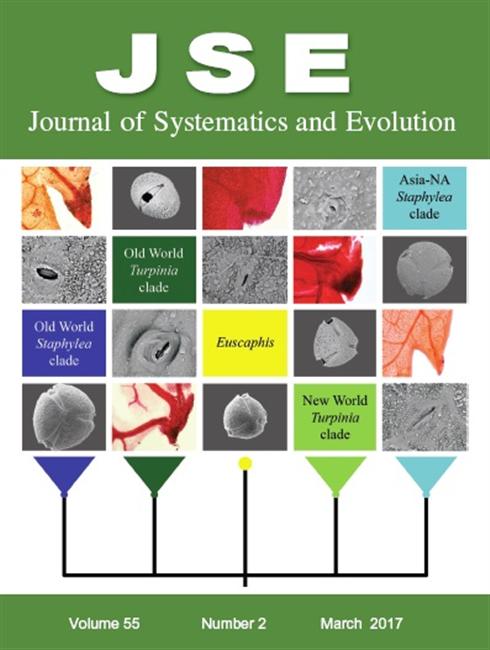Lorenzo Pecoraro, Laiqiang Huang, Tancredi Caruso, Silvia Perotto, Mariangela Girlanda, Lei Cai, Zhong-Jian Liu
Orchids depend on mycorrhizal fungi for their nutrition, at least in the early stages of their growth and development, and in many cases throughout the life. In spite of the increasing number of studies describing fungal diversity in orchids, there is still more to be learnt about the identity of fungal partners and specificity in orchid mycorrhizal associations. We investigated the fungal communities associated with the roots of Cephalanthera damasonium (Mill.) Druce and C. longifolia (L.) Fritsch adult plants, using morphological methods and fungal internal transcribed spacer-DNA polymerase chain reaction amplification, cloning, and sequencing. A range of fungi belonging to Basidiomycota and Ascomycota was uncovered in the roots of the two investigated orchid species, showing a low degree of mycorrhizal specificity. At least 11 fungal taxa, including Cenococcum geophilum Fr., Ceratobasidium sp., Exophiala salmonis J. W. Carmich., Hymenogastraceae, and Sebacinaceae colonized C. damasonium roots, while approximately 9 fungal types, such as Bjerkandera adusta (Willd.) P. Karst., Phlebia acerina Peck, Sebacinaceae,Tetracladium sp., and Tomentella sp. associated with C. longifolia. Phylogenetic and statistical analyses indicated significant differences in the fungal communities associated with the two studied Cephalanthera species, as well as distinct mycorrhizal partners associated with each orchid plant. Our results strongly suggest that both C. damasonium and C. longifolia are generalist in their mycorrhizal associations.

